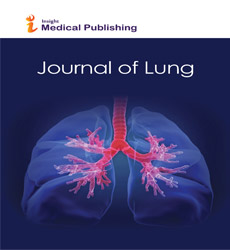Post Covid-19 patients who develop lung fibrosis have lower plasma levels of ifn but higher levels of il-1 and tgf
Abstract
Background. SARS-CoV-2 has caused a world-wide pandemic inducing a disease known as coronavirus disease 19 COVID-19, which may be associated to pulmonary fibrosis. A significant number of COVID-19 patients, although negative to the oral-pharyngeal swab, experience prolonged symptoms, herein called post COVID-19 (PC). Aims and objectives. Based on the fact that the mechanism/s underlying SARS-CoV-2- derived pulmonary fibrosis are still not well defined, the aim of this study was to identify blood biomarkers to predict lung fibrosis-like changes in PC patients Methods. We used blood samples collected from healthy subjects, anti-SARS-CoV-2 vaccinated (VAX) subjects, and PC patients who were stratified according to the severity of the disease and chest computed tomography (CT) scan data. Results. We found that C reactive protein (CRP), complement complex C5b-9 and LDH, but not IL-6, were still higher in PC patients, independent of the severity of the disease and lung fibrotic areas. Interestingly, fibrotic PC was characterized by higher plasma levels of IL1α, CXCL-10, TGF-β, but not of IFN-β, compared to healthy and VAX groups. In particular, 19 out of 23 (82.6%) severe PC and 8 out of 29 (27.6%) moderate PC patients presented signs of lung fibrosis, associated to lower levels of IFN-β, but higher IL-1α and TGF-β. Conclusions. Our data suggest that higher IL-1α and TGF-β, and lower plasma levels of IFNβ could predict an increased relative risk (RR = 2.8) of lung fibrosis-like changes in PC patients
Open Access Journals
- Aquaculture & Veterinary Science
- Chemistry & Chemical Sciences
- Clinical Sciences
- Engineering
- General Science
- Genetics & Molecular Biology
- Health Care & Nursing
- Immunology & Microbiology
- Materials Science
- Mathematics & Physics
- Medical Sciences
- Neurology & Psychiatry
- Oncology & Cancer Science
- Pharmaceutical Sciences
